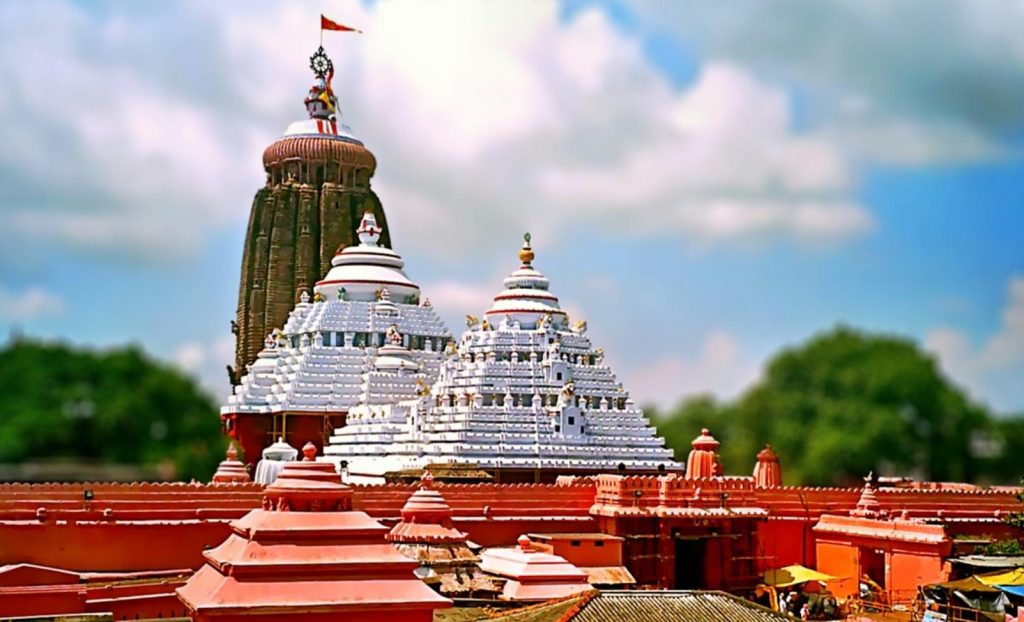The Jagannath Temple of Puri is widely believed to have been built in the 12th century by Anantavarman Chodaganga Deva of the Eastern Ganga dynasty. This is the version most of us learned in textbooks. But beyond what history books say, there are layered legends and lesser-known facts that suggest the story may have begun long before Chodaganga Deva laid the foundation.
According to mythology, it was King Indradyumna who first established the Lord’s presence at the Puri seashore. He reportedly sent his trusted priest, Bidyapati, to the Sabara tribe led by Biswabasu to trace the deity. While this legend is beloved and deeply ingrained in Jagannath lore, it lacks archaeological or historical backing. Attributing the temple’s origin solely to the Gangas overlooks significant historical complexities.
Historians and epigraphical evidence suggest that a temple may have already existed at the site before the current structure. This earlier temple is believed to have ties with the Somavanshi dynasty, who ruled Odisha before the Gangas.
Dr. S.N. Rajguru, a renowned historian and epigraphist, in his book Sri Purusottama O Srimandira, discusses a unique tradition of ancient Odisha—rulers often refrained from inscribing their names on temple walls. He supports this observation with archaeological and literary sources.
The Madala Panji, the temple’s traditional chronicle, says King Indradyumna sought a divine boon to ensure that no future ruler would take credit for building the Lord’s shrine. This practice of anonymity extended to major temples such as the Lingaraj temple and the Jagannath temple, both built by Somavanshi and Ganga rulers respectively.
Interestingly, the Lingaraj temple—built in the 11th century by Yayati-II of the Somavanshi dynasty—bears no inscriptions from its original builders. Instead, later Ganga kings added their inscriptions. A similar pattern is seen in the Jagannath temple. Though initiated by the Ganga dynasty, their names are largely absent from inscriptions, while those of the later Suryavanshi Gajapati kings appear frequently.
Dr. Rajguru suggests that there was a pre-existing Purushottam temple in Puri even before the current Srimandira. When the original structure collapsed, Yayati-II is said to have constructed a new temple in the 11th century and installed the deity there. This could very well be the foundation of the present-day Jagannath worship tradition.
Supporting this theory is the Nrusingha temple, located within the southern inner enclosure of Srimandira. While this temple carries inscriptions from the Ganga period, its architectural style hints at a much older origin, likely from the Somavanshi period. Jagabandhu Padhi, another historian, estimates that the Nrusingha temple’s structure dates back to the 10th century—predating Srimandira.
Some even believe that the current Nrusingha temple was the original Purushottam temple. Ancient texts say that Lord Nrusingha is worshipped before any yajna (sacrificial ritual), and the deity used during the consecration of Srimandira in the 13th century was identified as ‘Yajna-Nrusingha’. Over time, this temple began to be known as the Nrusingha temple instead of the Purushottam temple.
The Madala Panji also records that Yayati Keshari, likely the same as Yayati-II, retrieved the sacred ‘Brahma’ element after it was hidden during an invasion by a foreign invader named Raktavahu. He then created new idols and installed them in his temple.
In short, there is ample indication from both legends and historical data that the cult of Jagannath did not begin with the Gangas, but possibly with the Somavanshis. The temple built by Yayati-II in the 11th century appears to have laid the foundation for the current form of worship at Puri—long before the grand Srimandira rose to dominate the skyline.
PNN
